Need to mark delicate materials without damaging them? Traditional marking methods can warp, fade, or smear—especially on plastics, glass, and electronics.
A UV laser marking machine is a cold-processing system that delivers ultra-fine, permanent marks on sensitive materials without heat damage.
At Kirin Laser, I help clients solve some of the trickiest marking problems in manufacturing. One client in the medical device industry couldn’t find a reliable way to mark plastic tubes—until we switched them to UV. In one day, they went from smudged ink to flawless, high-contrast serial codes.
Let’s dive deeper.
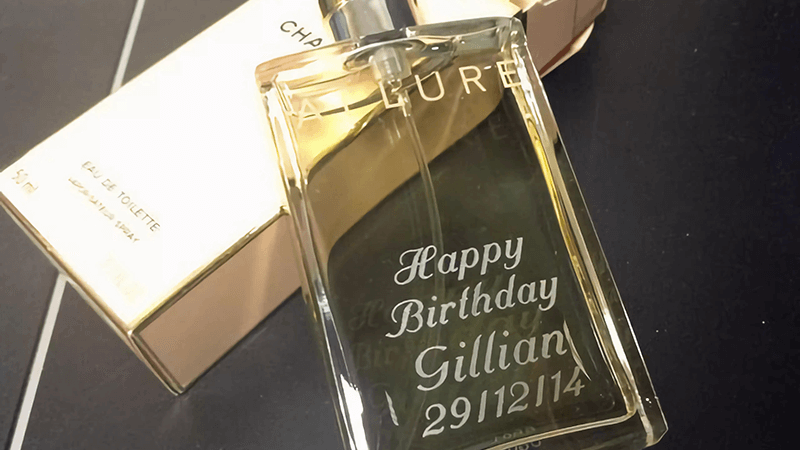
What is the use of UV laser marking machine?
Ever tried marking soft plastics or glass with a fiber laser? It burns, cracks, or fades. That’s where UV laser marking steps in.
UV laser marking machines are designed for ultra-precise, heat-free marking on sensitive materials like plastics, glass, ceramics, and microchips.
How UV technology solves delicate material challenges
UV laser marking1 uses a 355nm wavelength—shorter than fiber or CO₂ lasers. This shorter wavelength means higher photon energy, allowing the laser to break molecular bonds directly instead of burning the surface. We call this “cold marking2.” There’s no heat diffusion, which prevents melting or charring.
| Material | Traditional Marking Result | UV Laser Result |
|---|---|---|
| Plastic (ABS/PEEK) | Warping, melting, faded ink | Clean contrast, no heat |
| Glass | Cracking, uneven depth | Crisp edges, smooth |
| PCB/Microchips | Short circuits, burn marks | Precise micromarking |
At Kirin Laser, I’ve used UV lasers to mark syringes, contact lenses, even pharmaceutical ampoules. In each case, our OEM clients needed medical-grade permanence without material distortion.
This technology isn’t just versatile—it’s the only safe option for many high-precision industries.
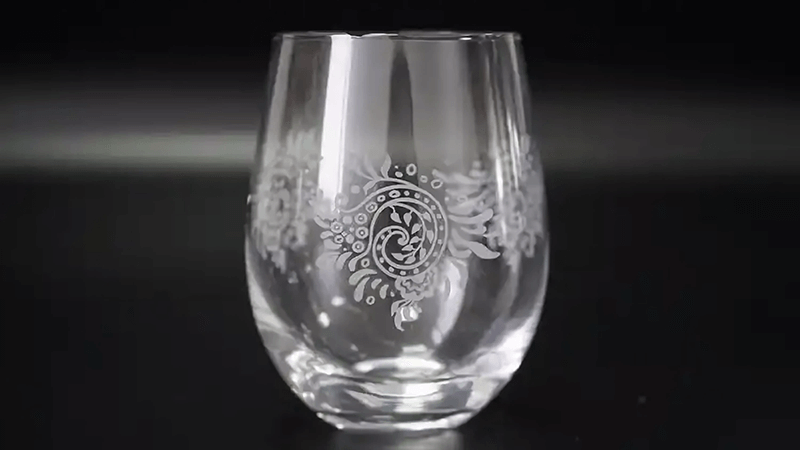
What is an UV laser used for?
Think beyond logos. UV lasers are used in industries where microscopic precision and surface integrity are critical.
UV lasers are used in electronics, medical devices, automotive, and cosmetics packaging for marking serial codes, QR codes, logos, and traceability information.
UV laser applications across industries
1. Medical Devices
I worked with a U.S. medtech client who needed serial codes on flexible PVC tubing3. Inkjet faded after sterilization. With a Kirin UV laser, we etched legible 0.3mm numbers that withstood autoclaving. That client now OEMs through us exclusively.
2. Electronics
UV lasers mark QR codes on lithium batteries, IC chips, PCBs, and phone buttons. The low heat is essential—no contact, no distortion.
3. Cosmetic Packaging
Brands demand flawless aesthetics. UV lasers4 let them mark batch codes invisibly inside a bottle cap or beautifully on shiny lipstick shells.
| Industry | Common Use Case | UV Laser Advantage |
|---|---|---|
| Medical | Serial numbers on tubing, implants | Heat-free, biocompatible marks |
| Electronics | QR codes on chips and batteries | No damage to circuits |
| Cosmetics | Logo on caps, date codes inside bottles | Invisible or visible with high contrast |
| Automotive | Cable sheaths, connectors | Flexible materials without melting |
In every application, UV provides two things: fine detail and material safety. That’s why I see it as a game-changer.
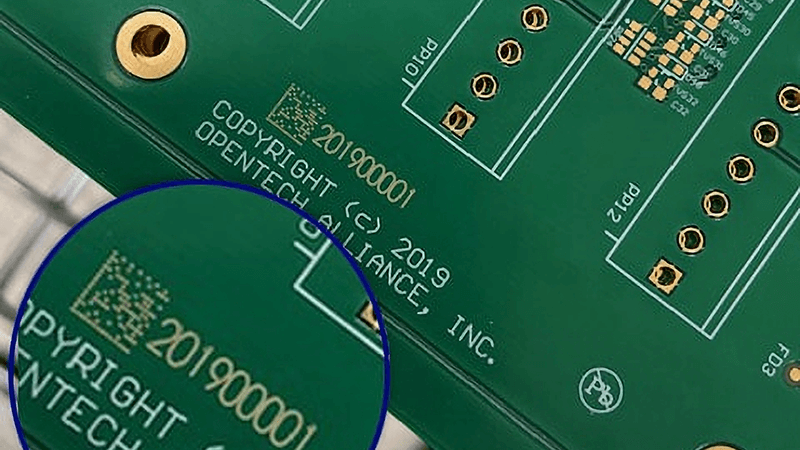
How powerful is an UV laser?
It’s not about brute force. It’s about photon precision. Don’t let the low wattage fool you.
UV lasers are typically 3W to 15W in power, but their short wavelength makes them extremely energy-dense and ideal for micro-level precision.
Wattage isn’t everything—photon energy is
A 355nm beam has higher photon energy5 than a 1064nm fiber laser, even at lower wattages. That’s why a 5W UV laser6 can mark materials that a 50W fiber can’t touch without damage.
| Laser Type | Wavelength | Typical Power | Use Case |
|---|---|---|---|
| UV Laser | 355nm | 3W–15W | Plastics, glass, silicon, ceramics |
| Fiber | 1064nm | 20W–100W | Metals, coated plastics |
| CO₂ | 10.6μm | 20W–150W | Wood, acrylic, paper, leather |
At Kirin Laser, our standard UV machines are 3W and 5W. For high-volume lines or faster marking, we offer 10W and 15W versions.
Real-world example:
One PCB client upgraded from a 3W to a 10W UV system to double production speed. The mark quality stayed perfect, and their cycle time dropped by 40%.
It’s not just power—it’s about matching the right wattage to the right material and throughput needs.
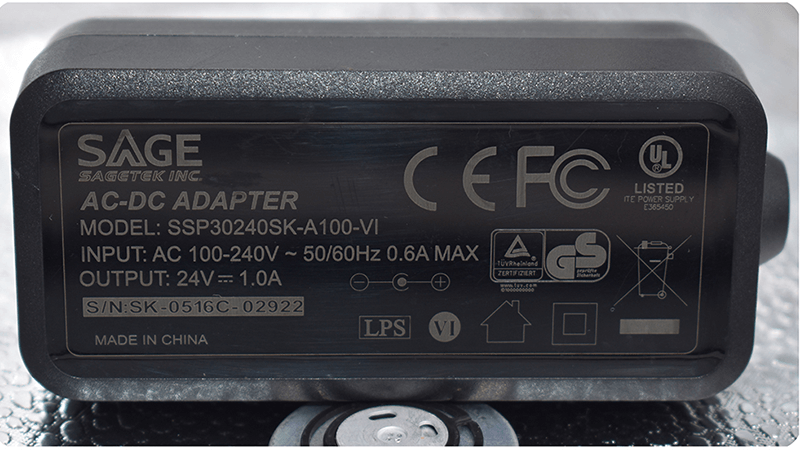
How to choose a laser marking machine?
Too many options? Start with your material. Then look at precision, speed, and application goals.
To choose the right laser marking machine, match the laser type (UV, fiber, CO₂) with your material and required mark quality, then balance power with budget.
Step-by-step guide to choosing your laser system
1. Know Your Material
- Soft plastic, glass, PCB → UV7
- Steel, aluminum, anodized parts → Fiber8
- Wood, leather, acrylic → CO₂
2. Precision vs. Speed
- Need micron-level marks? Go UV.
- Need deep marks on metals? Go fiber.
3. Production Environment
- Cleanroom, medical, or electronics → UV or enclosed fiber
- General manufacturing → Fiber or CO₂
| Need | Recommended Laser |
|---|---|
| Medical-grade plastic tubing | UV |
| Aluminum alloy phone frame | Fiber |
| Paper packaging | CO₂ |
| Glass bottle | UV |
4. Budget vs. ROI
UV laser machines cost more—but they eliminate ink, downtime, and rejects. For critical industries, the ROI is usually under 12 months.
When clients come to me confused between UV and fiber, I always walk them through their application. Once they see a demo mark on their material, the choice becomes obvious.
At Kirin Laser, we don’t just sell machines—we help you choose one that fits your goals, your line, and your market.
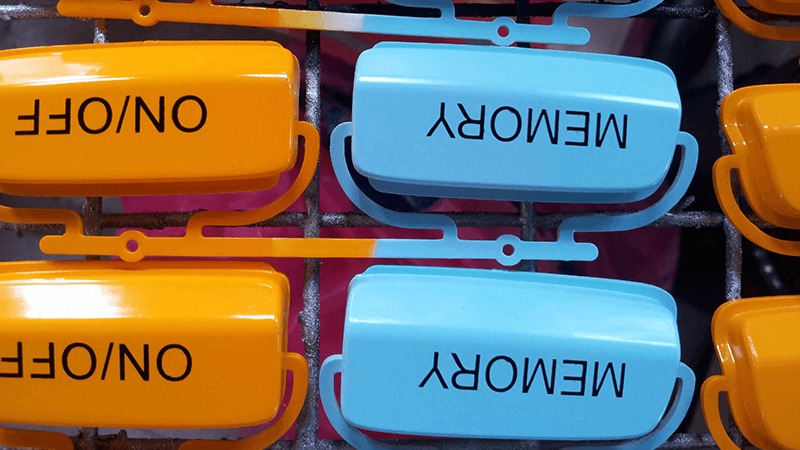
Conclusion
UV laser marking machines9 are more than just another laser—they’re a precision tool for industries that demand clarity, safety, and permanence. With cold-processing technology, they solve problems traditional lasers can’t. I’ve seen UV lasers transform production lines, boost brand image, and cut costs for clients across the globe. If you're working with delicate materials or high-spec products, it's time to consider UV as your go-to marking solution.
-
Explore the advantages of UV laser marking technology for precision and quality in various applications. ↩
-
Learn about cold marking and how it revolutionizes the marking process without damaging delicate materials. ↩
-
Discover how UV lasers ensure durable and legible markings on PVC tubing, crucial for medical device traceability and compliance. ↩
-
Explore how UV lasers enhance precision and safety across various industries, revolutionizing manufacturing processes. ↩
-
Understanding photon energy is crucial for optimizing laser applications and achieving better results in material processing. ↩
-
Exploring the benefits of UV lasers can help you make informed decisions for your manufacturing processes and improve efficiency. ↩
-
Explore the advantages of UV lasers, especially for precision marking on sensitive materials, to enhance your production quality. ↩
-
Learn about fiber lasers' efficiency and effectiveness in metal marking, crucial for industries requiring high precision. ↩
-
Find the best laser marking machine and laser marking solution from Kirin Laser, clicking this link to know everything you needs. ↩





